What to do with this very old hydrangea?
djacob Z6a SE WI
11 days ago
Featured Answer
Sort by:Oldest
Comments (8)
floraluk2
11 days agoRelated Professionals
Surprise Landscape Contractors · Aberdeen Landscape Contractors · Mount Kisco Landscape Contractors · North Lauderdale Landscape Contractors · Fort Atkinson Landscape Contractors · Mercedes Landscape Contractors · Miller Place Landscape Contractors · Overland Park Landscape Contractors · San Rafael Landscape Contractors · The Woodlands Landscape Contractors · Whittier Landscape Contractors · Colorado Springs Siding & Exteriors · Manassas Siding & Exteriors · Manassas Siding & Exteriors · Milwaukee Siding & Exteriorsdjacob Z6a SE WI
11 days agodjacob Z6a SE WI
7 days agoperen.all Zone 5a Ontario Canada
7 days agodjacob Z6a SE WI
7 days agofloraluk2
7 days agolast modified: 7 days ago
Related Stories
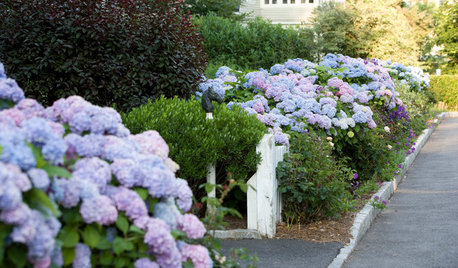
FLOWERSWhy You Should Give Hydrangeas a Place in Your Yard
The exuberant mop-headed beauties evoke dreams of an endless summer by the sea
Full Story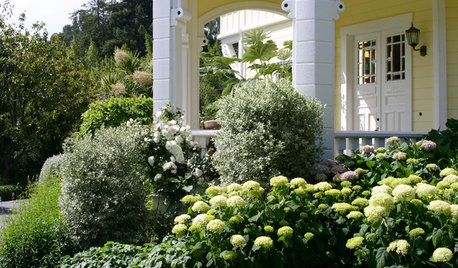
GARDENING AND LANDSCAPINGHave a Ball With Hydrangeas
Even if you don't tinker with the hue by changing the soil, hydrangeas have an entertaining range of uses in all kinds of landscapes
Full Story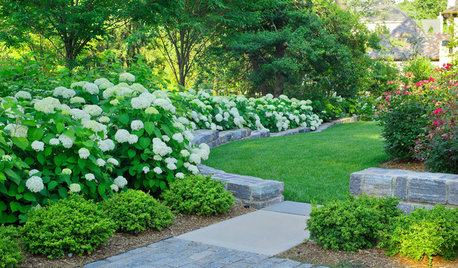
FLOWERS AND PLANTSHydrangea Arborescens Illuminates Garden Borders and Paths
This long-blooming eastern North American native shrub finds a home in landscapes around the world
Full Story
VINTAGE STYLEEvoke Old-World Romance With Vintage Silver
Use antique silver cups, candlesticks and pitchers to bring the romance of the past to your present-day home
Full Story
FEEL-GOOD HOME12 Very Useful Things I've Learned From Designers
These simple ideas can make life at home more efficient and enjoyable
Full Story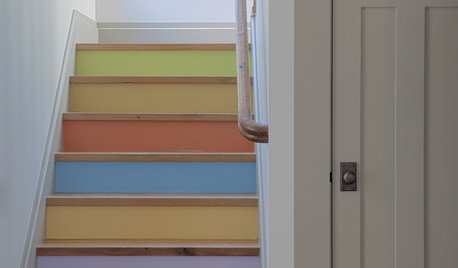
DECORATING GUIDESBudget Decorator: 16 Fab Spring Updates for Very Little Green
Turn your fancy to low-cost enhancements this spring, for a freshly decorated home you'll fall in love with
Full Story
TILECelebrate the Rectangle With This Very Contemporary Tile Pattern
There are so many ways to work with stack bond tile. Here's how to keep the look super sleek — and how to change it up
Full Story
PRODUCT PICKSGuest Picks: Everything Old-World Is New Again
Give even a new build a romantic history with lighting fixtures, hardware and drapes that recall the Old Country
Full Story
MODERN HOMESHouzz Tour: 800-Year-Old Walls, Modern Interiors in Provence
Old architecture and new additions mix beautifully in a luxurious renovated vacation home
Full Story





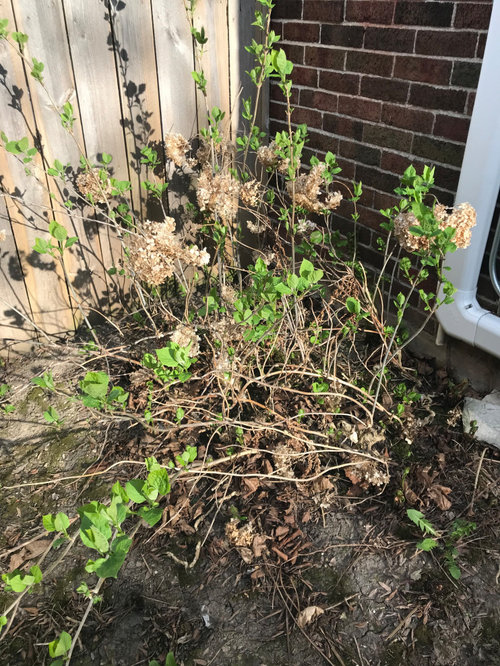
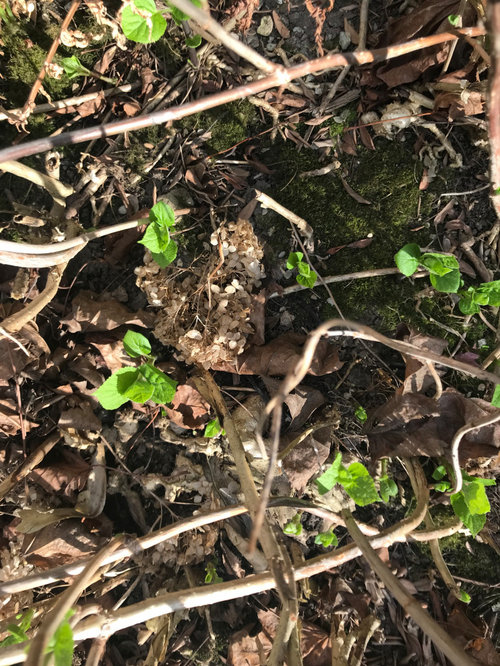

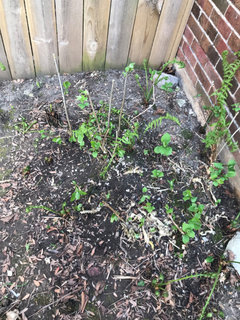
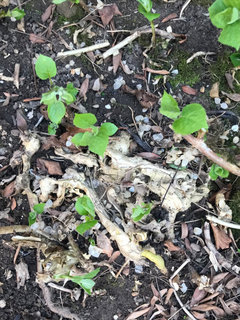
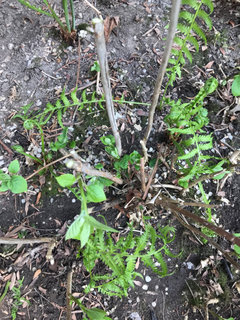
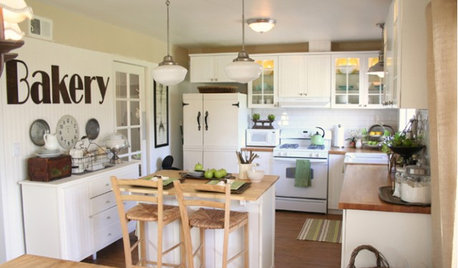
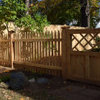

peren.all Zone 5a Ontario Canada